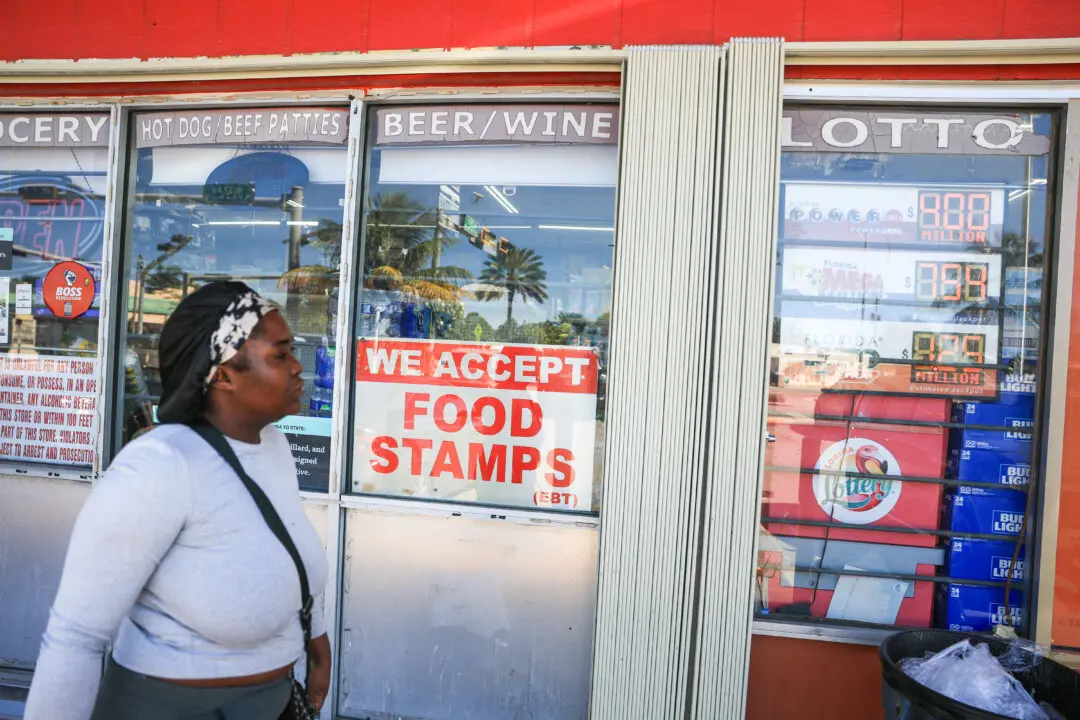NEW YORK—Most of us are used to going through metal detectors at times, such as before embarking on a plane trip, or going into a high-profile building.
Yet going through a metal detector is the beginning of every school day for many students in New York City.
A coalition of students, organizations, and elected officials on Wednesday gathered to protest numbers released showing 279 arrests and 532 summonses occurred during the fourth quarter of 2011—Oct. 1 to Dec. 31—in schools.
At One Police Plaza, outside of the NYPD’s headquarters, the coalition said the number of arrests and summonses are too high, and show an extension of what they say is racial profiling conducted citywide through stop-and-frisk searches.
Racial statistics aren’t kept for summonses. Out of 279 arrests, 167 were blacks. Three-quarters were male.
“Time is long past due for meaningful oversight of school disciplinary practices, and that should start with city council hearings, and an independent audit … and a reassessment of the role of the NYPD in our public schools,” said Donna Lieberman, New York Civil Liberties Union (NYCLU) executive director.
The NYPD’s School Safety Division has approximately 5,320 school safety agents for the 441,300 middle- and high-school students. Legislation passed in December 2010 requires the department provide quarterly statistics on arrests and summonses in and around schools.
“Felonies in schools dropped from 1,577 in 2001 to 801 last year,” Paul Browne, NYPD deputy commissioner, said in a statement. “That 50 percent reduction in serious crime was made through the good work of dedicated school safety officers and police officers.”







